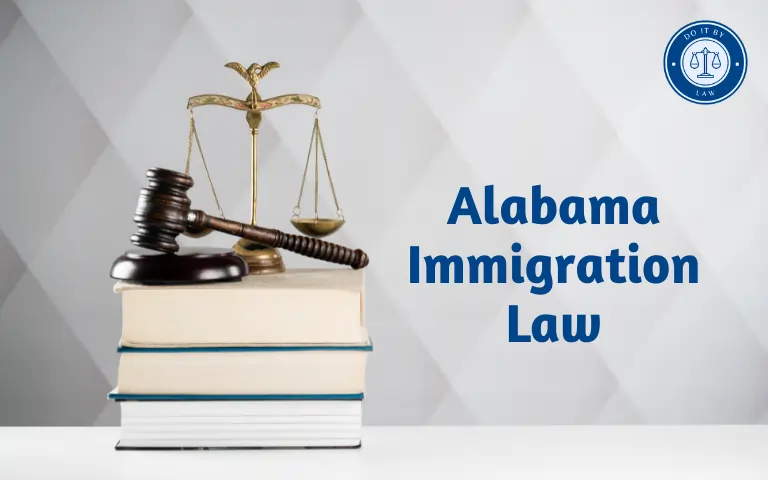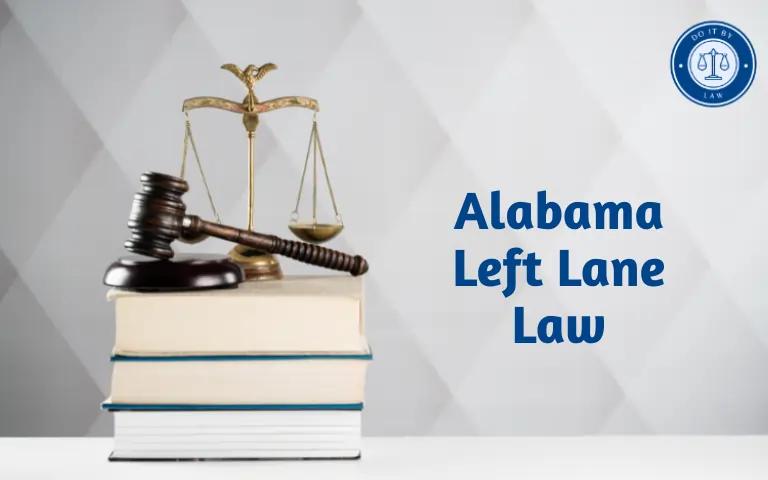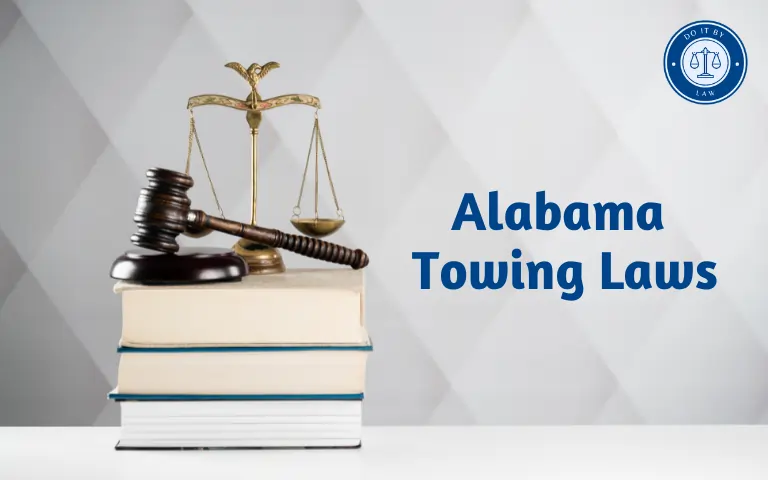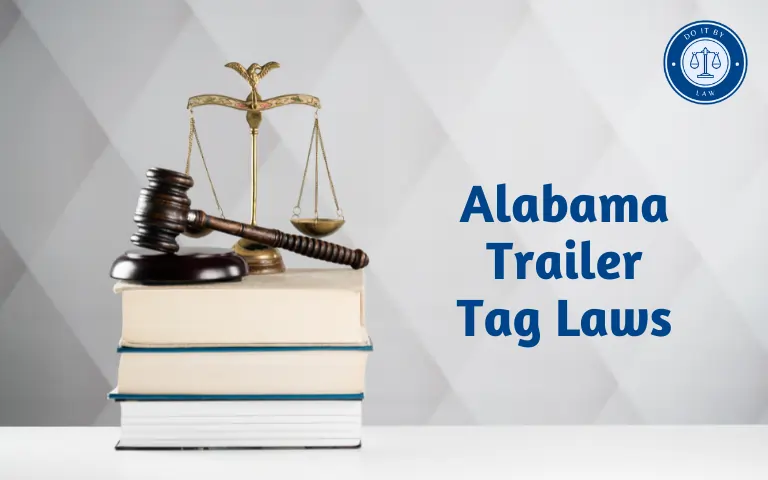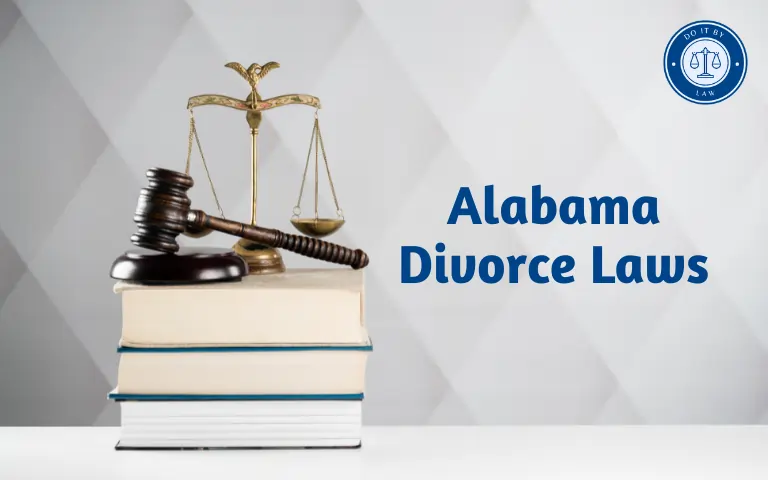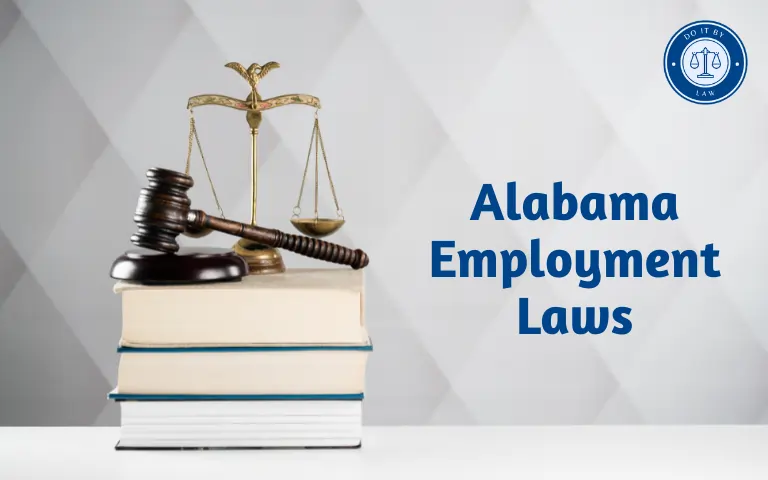Alabama Immigration Law: What You Need to Know
Alabama has passed several controversial immigration laws in recent years aiming to address illegal immigration concerns. The most notable law, the Alabama immigration law or we can also know it by the name Beason-Hammon Alabama Taxpayer and Citizen Protection Act, also called HB56, was enacted in 2011 but ultimately overturned after extensive legal challenges.
When Alabama Immigration Law Was Enacted and Why
The Alabama Taxpayer and Citizen Protection Act considered America’s strictest state immigration law, was passed by the Alabama legislature and signed by the governor in June 2011.
It arose amid a nationwide trend of state-level immigration crackdowns and enforcement laws due to:
- Rapidly growing immigrant populations from Mexico, Central America, and Asia.
- The influx of undocumented immigrants especially in southern border states.
- Failure of the federal government to enact comprehensive reforms.
- Anti-immigrant sentiments and claims of rising crime, lost jobs, and social service burdens.
Alabama policymakers promoted the law as necessary to stem illegal immigration, reduce costs to taxpayers, and compel the federal government to act.
Who Alabama Immigration Law Applied To
The provisions of Alabama law applied to both documented and undocumented immigrants, including:
- Undocumented immigrants unlawfully residing in Alabama.
- Immigrants lawfully present on temporary visas including students, guest workers, and tourists.
- Refugees and asylees lawfully resettled in the state.
- U.S. citizens with undocumented spouses or family members.
- Businesses knowingly hire undocumented workers.
- Schools enrolling immigrant students and families.
Critics argued the broad reach and contested legality of the law would harm thousands of foreign-born residents regardless of status.
Key Provisions and Requirements
Key provisions of Alabama immigration law included:
- Requiring law enforcement to detain anyone unable to show proof of legal status upon any lawful stop or arrest.
- Mandating K-12 schools to collect immigration documentation on enrolling students.
- Making it a crime to rent housing to undocumented immigrants.
- Prohibiting undocumented immigrants from any state transactions including contracts, licenses, and access to public services.
- Requiring employers to use E-Verify and fire workers without legal status.
- Criminalizing the transport or harboring of undocumented immigrants.
- Nullifying any existing local sanctuary policies limiting enforcement of federal immigration laws.
Penalties for Violating the Law Alabama Immigration Law
The Alabama law imposed civil and criminal penalties for violations including:
- Misdemeanor charges for renting housing to undocumented immigrants are subject to fines of up to $500.
- Failure to complete required immigration status checks could result in suspension of business licenses and legal action against employers.
- Law enforcement agencies could be sued for failing to enforce the “show me your papers” provision.
- Officials also faced penalties for not reporting immigration status data.
Individual immigrants in violation faced detention and deportation under federal immigration law.
Changes and Legal Challenges of Alabama Immigration Law
Almost immediately upon passage the ACLU and other civil rights groups filed lawsuits challenging the constitutionality of Alabama immigration law.
Parts were temporarily blocked through injunctions and federal courts struck down multiple major provisions as unconstitutional overreach between 2011-2013. The U.S. Supreme Court declined to hear an appeal in 2014, letting the lower court decision stand.
Key aspects overturned included the rental ban, K-12 school immigration checks, and the “show me your papers” provision mandating detentions solely to check status. Sections requiring business use of E-Verify and data collection also failed in legal challenges.
By 2015 nearly the entire law had been invalidated except for a few minor provisions still in effect. Alabama eventually reached a settlement agreeing not to enforce the remaining parts.
Controversies and Concerns Over Alabama Immigration Law
Alabama immigration law provoked extensive controversy and criticism including:
- Infringing on constitutionally protected civil liberties and due process rights.
- Rampant racial profiling and discrimination concerns.
- Discouraging immigrant crime victims and witnesses from contacting police.
- Deputizing untrained educators and landlords as immigration enforcers.
- Perpetuating harmful stereotypes and enabling harassment of immigrants and Latinos.
- Damaging the state’s economy and reputation through enforcement excesses.
Supporters maintained it protected citizens, preserved law and order, and properly enforced existing federal immigration violations.
Main Takeaways and Lessons
In summary, Alabama provides a prime example of recent state efforts to self-enforce immigration laws and restrictions that ultimately failed after extensive litigation revealed unconstitutional overreach.
Key takeaways include recognizing the exclusive federal authority over immigration law and policy, avoiding racial profiling in enforcement, and crafting balanced reforms that target root causes and unsafe conditions driving migration flows impacting border states.
Frequently Asked Questions About Alabama Immigration Law
References on Alabama Immigration Law
- Full text of Alabama HB56 “Beason-Hammon Alabama Taxpayer and Citizen Protection Act”
- ACLU Legal Challenge and District Court Injunction
- 11th Circuit Court of Appeals Decision Overturning Parts of HB56
- SPLC Report on Consequences of HB56 in Alabama
Relevant Tags
Alabama immigration law, HB56, Beason-Hammon Alabama Taxpayer and Citizen Protection Act, immigration legislation, immigration enforcement, immigration controversy

